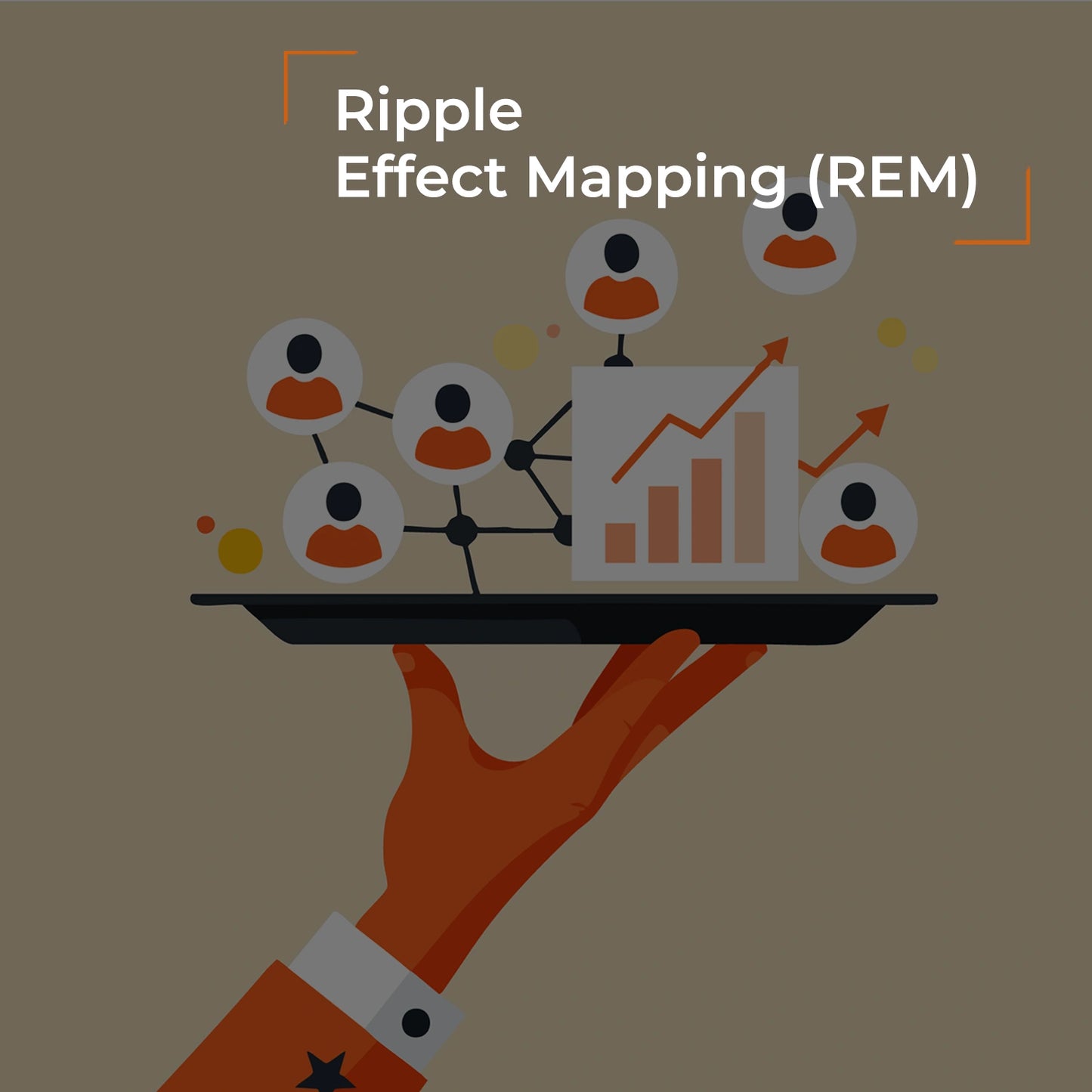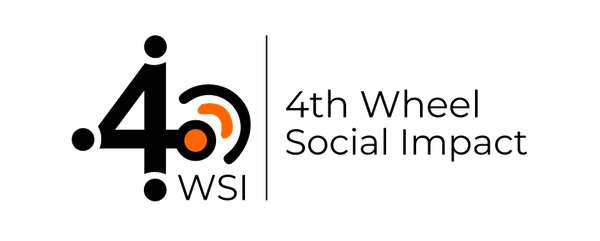Ripple Effect Mapping (REM)
Ripple Effect Mapping (REM)
Couldn't load pickup availability
Capturing Ripples of Change
Ripple Effect Mapping (REM) is a participatory, qualitative evaluation approach designed to capture the broader impacts, both intended and unintended of programs and initiatives. By bringing together those directly involved and affected, REM visually maps how activities spark changes that spread through individuals, families, and communities. Combining interviews, group discussions, and mind mapping, it helps organizations understand not just outcomes, but the pathways and relationships that create them.
How Ripple Effect Mapping Supports Learning
- Participatory engagement — Actively involving beneficiaries, staff, and stakeholders in mapping outcomes.
- Pathway visualization — Tracing how small program activities lead to wider systemic and community-level effects.
- Unintended outcomes — Identifying positive and negative effects beyond initial goals.
- Collaborative reflection — Creating space for collective storytelling and meaning-making.
- Systemic insight — Revealing how programs interact with broader policies, institutions, and cultural norms.
- Community ownership — Strengthening accountability and trust by validating local experiences.
- Adaptive learning — Informing future strategies by highlighting successes, challenges, and ripple effects.
- Cross-sector application — Useful in health, education, environment, crisis response, and social policy interventions.
REM prioritizes participatory exploration and visual storytelling. By mapping changes across interconnected levels, it enables organizations to see the ripple effects of their work—building a richer understanding of how interventions influence people, communities, and systems over time.
Share


